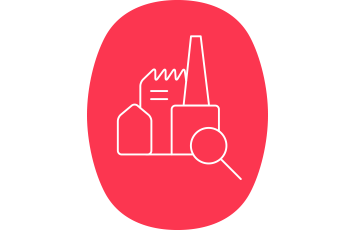
Well-to-wake: your questions answered
It’s hard to get the details right without considering the bigger picture. As we learn in our April podcast, that’s true of GHG emissions management too. Charlotte Røjgaard, Global Head of Marine Fuel Services at BV VeriFuel, and Laurent Courregelongue, Environment & Technologies Director, discuss emissions lifecycle assessment, otherwise known as well-to-wake emissions.
Why should we care about well-to-wake emissions?
Charlotte: In short, well-to-wake covers every stage from fuel production to onboard use. Rather than considering tank-to-wake emissions (measuring emissions from when fuel is added to the tank), we’re looking at the bigger picture. This means including the steps that happen before the fuel reaches the ship.
Laurent: This is a significant change that affects how we qualify fuels as low- or zero-carbon. A tank-to-wake focus gives us a clear picture of the direct emissions from shipping, but it does not account for the full climate impact of the fuel in question. We all want to decarbonize the shipping industry, but to truly achieve that we must consider the whole footprint of the marine fuel sourcing, production and supply chain.
listen to the full conversation with Laurent and Charlotte
How does this affect the future fuel mix?
Charlotte: It all depends on how sustainably fuels can be produced. For example, ammonia and hydrogen produced from renewable energy sources would be preferrable in a well-to-wake approach. These are zero-carbon fuels from a tank-to-wake perspective, but those benefits are offset if they are produced in a carbon-intensive way from non-renewable sources.
Laurent: Even if no single fuel dominates the future mix, we need to ensure that the energy used in their production is renewable.
Is current regulation based on a well-to-wake approach?
Laurent: IMO regulations EEDI, EEXI and CII currently focus on tank-to-wake emissions. However, the IMO is working on fuel lifecycle assessment and will eventually consider well-to-wake as an alternative. On a regional level, Europe is already making strides in this field; the EU Commission’s proposed Fit for 55 package adapts a well-to-wake approach.
How do we choose the right future fuel?
Charlotte: Ultimately the choice of fuel can be influenced by many factors, from ship type to route to supply and pricing. Navigating these considerations can be complicated, but the VeriFuel team understands the challenges shipowners face. We are well placed to recommend existing fuel options to our clients, and we’ll keep building on our experience to advise them as new solutions become available.













